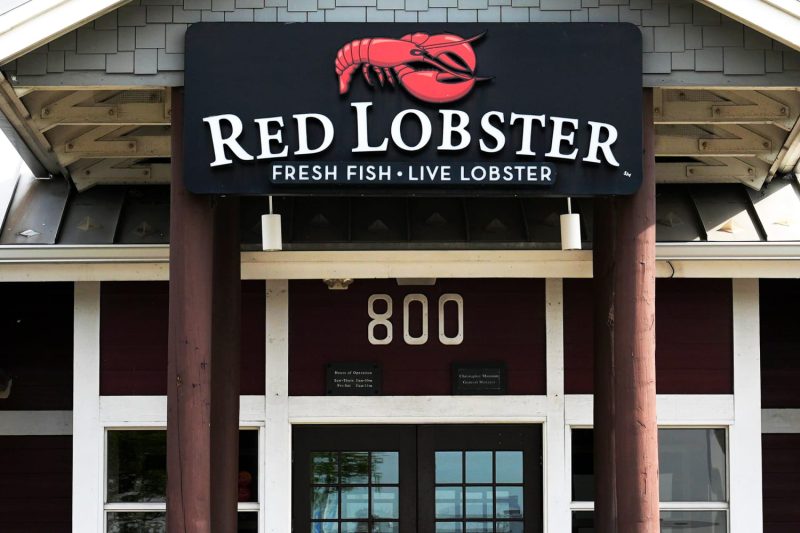In the realm of chain restaurants, Red Lobster had long stood as a queen among seafood-themed establishments, catering to millions of customers each year with its promise of plentiful shrimp and delectable seafood offerings. However, recent years have seen the once-thriving Red Lobster struggle to stay afloat, with declining sales and several shifts in ownership causing concern among investors and loyal patrons alike.
At the heart of Red Lobster’s decline lies a tumultuous tale of corporate maneuvering and financial missteps. The chain’s fortunes took a turn for the worse in 2014 when it was sold by its parent company, Darden Restaurants, to the private equity firm Golden Gate Capital for a staggering $2.1 billion. This move heralded the beginning of a new era for Red Lobster, one marked by cost-cutting measures and strategic missteps that would ultimately lead to its downfall.
Golden Gate Capital’s acquisition of Red Lobster was met with skepticism from industry insiders, who questioned the private equity firm’s ability to steer the seafood chain towards continued success. Indeed, Golden Gate Capital’s decision to sell off Red Lobster’s valuable real estate holdings and implement a shortsighted focus on cost-cutting measures would prove to be a major misstep that hindered the chain’s ability to adapt to an increasingly competitive market.
The relentless pursuit of profitability at the expense of quality and innovation would come to haunt Red Lobster in the years following its acquisition by Golden Gate Capital. Menu changes aimed at reducing costs and appealing to budget-conscious diners failed to resonate with customers, leading to a stagnation in sales and a loss of the chain’s once-loyal following.
In an era where consumer preferences are evolving at breakneck speed and dining trends are constantly shifting, Red Lobster’s failure to innovate and adapt to changing tastes proved to be a fatal flaw. The seafood chain’s inability to differentiate itself in a crowded market, coupled with its lackluster menu offerings and dated decor, alienated a new generation of diners who sought exciting and unique culinary experiences.
As Red Lobster struggled to retain its relevance in an ever-shifting landscape, it became clear that the chain’s woes were not solely the result of an ill-fated focus on cost-cutting measures, but also a symptom of a broader failure to connect with modern consumers. In an industry where adaptability and creativity are key to survival, Red Lobster’s unwillingness to embrace change proved to be its undoing, marking the end of an era for the once-mighty seafood chain.
